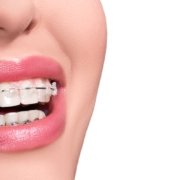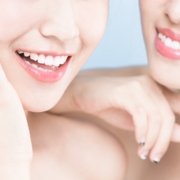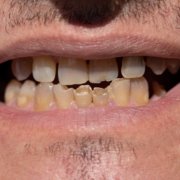The Magic Of Orthodontics
When you communicate your desire for an improved or enhanced smile, oral health, and appearance to your dentist, he or she will discuss their role and map out the best possible treatments.
You and your dentist will work together to develop the best course of action for your individual and particular situation.
Orthodontic treatment may focus on improving poor positioning of teeth and bite relations or, may even influence the way the face shapes and forms over time. Orthodontic treatment can be carried out for purely cosmetic reasons, improving the general appearance of a person’s teeth and face. In addition, treatment may be necessary to functionally improve the bite (occlusion). Often both goals can be accomplished simultaneously.
One of the most important and fundamental considerations in smile design is the position of the teeth themselves; how do they actually fit into the framework of the face and jaws and how do the upper and lower jaws relate to each other.
Orthodontics is also a sub-specialty of dentistry that is devoted to the study and treatment of malocclusions (improper bites). Improper bites may result from tooth irregularity or positioning, disproportionate jaw relationships, or both.
With the power it presents, Orthodontics can do a lot of wonders for your teeth, appearance, and oral health.
Shinagawa Orthodontics is the right place to be when it comes to providing quality dental treatments. Have your FREE dental consultation now. Call our Patient Care Lines: (+632) 7-368 5238 | (+63) 917 862 7454 | (+63) 921 217 0517.






